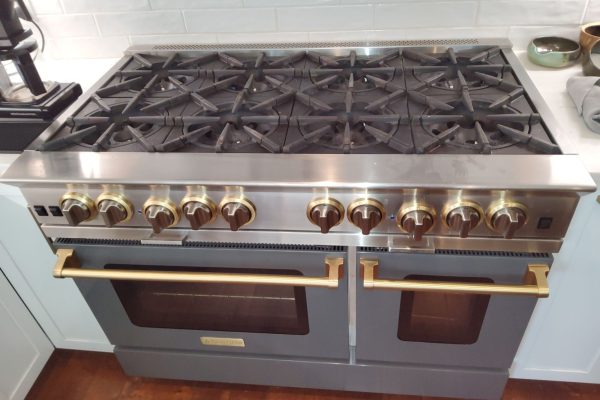A washing machine is one of the most convenient appliances in modern households, saving us time and effort with every load. But when it suddenly stops mid-cycle, frustration quickly follows. Whether you are left with clothes soaked in soapy water or a drum that refuses to spin, this issue is more than a minor inconvenience. One of the most common causes for such interruptions is a faulty control board or sensor malfunction. Understanding these components and their role in your washer’s operation can help you identify the problem early and take the right steps toward repair.
The Role of the Control Board
The control board is essentially the “brain” of your washing machine. It manages communication between various components and ensures that each stage of the cycle—washing, rinsing, and spinning—happens in the correct sequence. If the control board malfunctions, it can misinterpret signals, fail to activate certain functions, or shut the machine down altogether.
Common signs of a faulty control board include:
- Washer stopping unexpectedly during the cycle.
- Unresponsive buttons or display errors.
- Inconsistent cycle timing, where the washer may skip steps or pause indefinitely.
- Powering on but not proceeding with the programmed cycle.
Since the control board handles electrical signals and timing, even a small glitch can interrupt the wash process. Damage to the board may occur due to electrical surges, worn-out circuitry, or water intrusion.
Sensor Issues That Interrupt Cycles
Apart from the control board, your washing machine depends on sensors to monitor conditions and ensure safe operation. These sensors can detect water levels, door locks, temperature, and even load balance. If one of these sensors malfunctions, the washer may “believe” that it cannot proceed safely and stop mid-cycle.
Some of the most common sensor-related problems include:
- Water level sensor failure: If the washer does not detect the correct water level, it may pause to prevent overflow.
- Temperature sensor malfunction: The machine may stop if the water temperature is not within the expected range.
- Door lock sensor issues: If the washer thinks the door is not securely closed, it will halt operation for safety reasons.
- Unbalanced load sensor: If clothes are unevenly distributed, the washer may stop to avoid damage.
While these safety features are designed to protect both the machine and the user, a defective sensor can trigger unnecessary interruptions.
Diagnosing the Problem
When your washer stops mid-cycle, it’s important to check for obvious issues before concluding that the control board or sensor is at fault. Some quick steps include:
- Check power supply: A loose plug or tripped breaker may cause interruptions.
- Inspect water supply: Insufficient water pressure can pause the cycle.
- Examine the door lock: Make sure it is securely closed.
- Look for error codes: Many modern washers display error codes that point to specific problems.
If these simple checks don’t reveal the cause, a deeper diagnosis is likely needed. A technician can use specialized tools to test the control board, sensors, and wiring connections.
Why Professional Repair is Essential
Attempting to repair a control board or sensor issue without expertise can be risky. These components involve delicate electronics that require precise handling. Improper repairs may cause further damage, increase costs, or even create safety hazards. A certified technician can quickly identify whether the issue lies with the control board, a particular sensor, or another hidden problem.
Additionally, modern washing machines are built with complex digital systems that are not easy to troubleshoot without training. Replacing a control board or sensor also requires compatibility checks to ensure the new part matches your washer model.
Preventing Future Interruptions
While not all problems can be avoided, regular maintenance can extend the life of your washer and reduce the likelihood of mid-cycle stops. Here are a few tips:
- Avoid overloading the machine, which can strain sensors and motors.
- Keep the washer level to prevent unbalanced loads.
- Clean filters and dispensers regularly to avoid blockages.
- Protect your appliance with a surge protector to prevent electrical damage.
- Schedule periodic inspections to catch minor issues before they worsen.
When your washer stops mid-cycle, it can disrupt your entire laundry routine and leave you with a mess to clean up. More often than not, the cause lies in a faulty control board or malfunctioning sensor. While the temptation to troubleshoot on your own may be strong, these components require professional attention.
If your washer is showing signs of stopping mid-cycle or has already left you with half-clean laundry, don’t wait until the problem escalates. The experienced technicians at Oceanside Appliance Service Center are ready to help. We provide fast, reliable, and professional washing machine repair services to restore your appliance to full functionality. Call us today and let us take the stress out of your laundry routine.
Contact us


